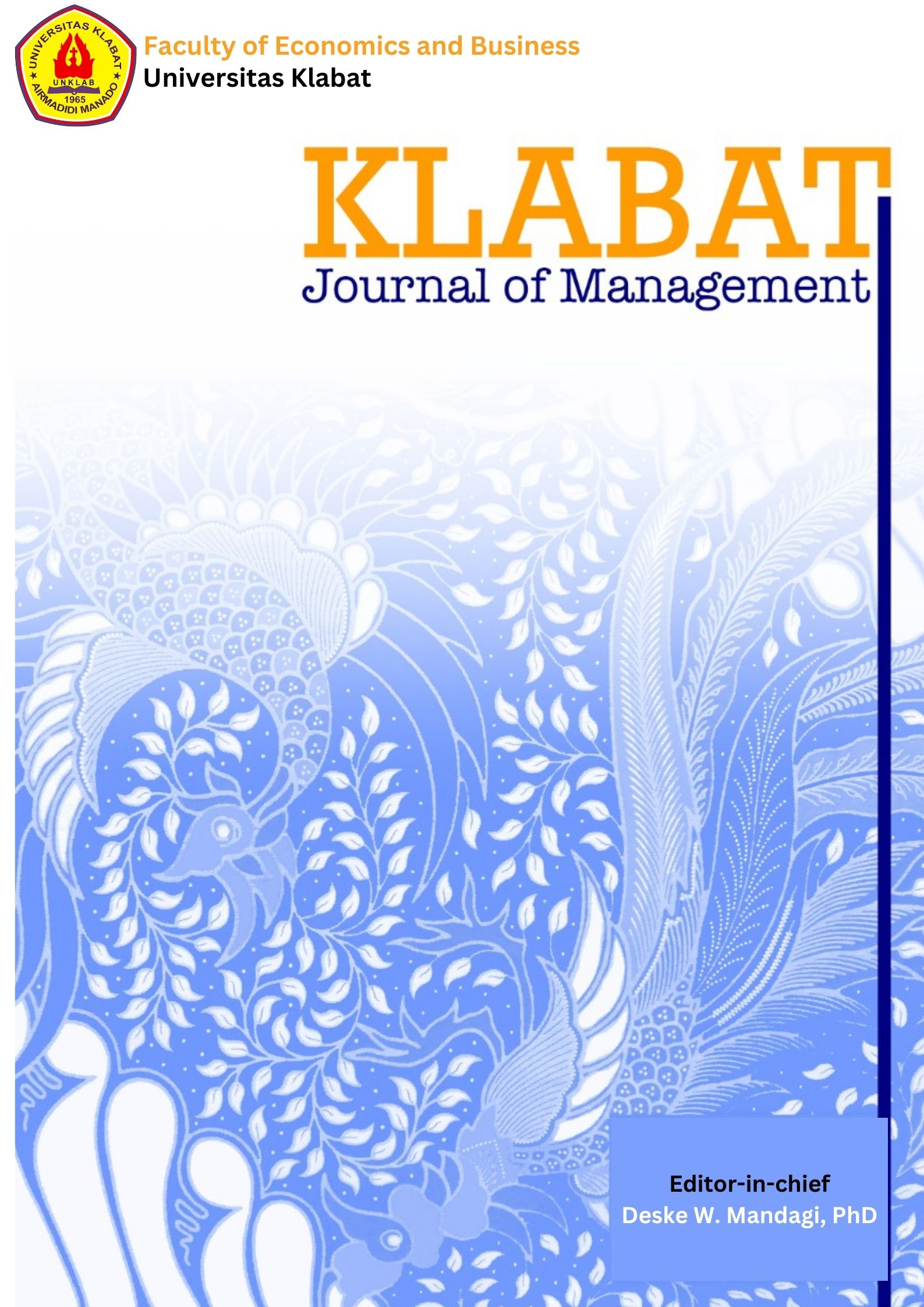Feasibility Analysis of Industrial Waste Reduction Investment: Potential of Fruit Basket and Mat Products
Analisis Kelayakan Investasi Pengurangan Limbah Industri: Potensi Produk Keranjang Buah dan Keset
DOI:
https://doi.org/10.60090/kjm.v7i1.1343.115-126Keywords:
fabric scrap mat, feasibility analysis, fruit basket, industrial waste, sustainable businessAbstract
Unprocessed waste has become a major issue in the world today. In 2021, Indonesia's environmental statistics recorded that approximately 24.5% of the total waste generated was not properly managed. One of the subjects of this issue is palm oil and textiles. Palm oil is a commodity that has experienced rapid growth, with a growth rate of 22.72% from 2017 to 2018. Meanwhile, textile waste is commonly found, especially in garment companies. This research aims to conduct an investment feasibility analysis from a financial perspective for industrial waste reduction, focusing on the business potential of fruit baskets made from palm oil waste and mats made from fabric scraps. The products generated from this waste can provide a sustainable solution while also generating financial profit. Therefore, a feasibility analysis was carried out for these two products. The investment feasibility analysis method is used to evaluate the potential success of these two waste-reducing products. The feasibility analysis involves calculating initial costs, revenue, operational costs, and cash flow projections over a certain period. Additionally, various risk factors and relevant assumptions are also considered in this analysis. The results of the feasibility analysis conclude that the fruit basket made from palm oil waste is more feasible than the mat made from fabric scraps.
References
Afif, Y. K., Affan, S., Renaldi, M., & Lubis, M. H. (2023). Sosialisasi Pemanfaatan Limbah Lidi Kelapa Sawit Menjadi Inovasi Kerajinan Bernilai Jual Bagi Masyarakat di Desa Makmur Kecamatan Sei Lepan Kabupaten Langkat. Fusion: Jurnal Pengabdian kepada Masyarakat, 24-28.
Akhiroh, P., Dinata, J. M., & Nugroho, E. (2023). The feasibility of broiler farming in a partnership model. In BIO Web of Conferences (Vol. 81, p. 00020). EDP Sciences.
Al Rasyid, M. N. (2016). Persepsi Patner Strategis Terhadap Kualitas Layanan (Studi Kasus Pada Jasa Laundry Adi Pratama Palembang). Orasi Bisnis: Jurnal Ilmiah Administrasi Niaga, 16(2).
Dumaria, D., Adrian, B., Dandi, D., Ananda, I., Canda, P., Kanida, S., & Soehardi, F. (2021, August). Pemanfaatan limbah lidi kelapa sawit menjadi inovasi kerajinan bernilai jual. In SENKIM: Seminar Nasional Karya Ilmiah Multidisiplin (Vol. 1, No. 1, pp. 351-355).
Iankovyi, V. (2021). Comparative analysis of the most important economic criteria for the company’s investment projects. Socio-Econ. Res. Bull, 2, 125-141.
Mandataris, M., Karneli, O., Pakpahan, S., Safitri, S., Ruzikna, R., Othman, L., & Ibrahim, M. (2023). Limbah Plastik Menjadi Industri Kreatif Bernilai Ekonomi Sebagai Kreativitas dan Inovasi Mahasiswa Prodi Administrasi Bisnis. Madaniya, 4(3), 1273-1280.
Newnan, D. G., Eschenbach, T. G., & Lavelle, J. P. (2004). Engineering Economic Analysis. Oxford University Press.
Parikesit, D., Prabowo, F. H., Suryo, R., Prapmanto, B., & Km, J. A. (2019). Perancangan Unit Weaving Pada Mesin Anyam Keset Dengan Transmisi Program Studi Teknik Perancangan Mekanik dan Mesin, Politeknik ATMI Surakarta Abstrak Mesin anyam keset berfungsi untuk menganyam kain perca menjadi keset. Input utama mesin anyam keset be. 1–16.
Pasqual, J., Padilla, E., & Jadotte, E. (2013). Equivalence of different profitability criteria with the net present value. International Journal of Production Economics, 142(1), 205-210.
Pathak, A. N. (2024). Evaluating the Financial Performance of Bharti Airtel: An Analysis of WACC, NPV, IRR, Profitability Index, and Payback Period. International Journal of Innovative Science and Research Technology (IJISRT).
Rahmawati, E., & Drianti, A. (2024). Financial feasibility of swallow business in Selerong Village, Kutai Kartanegara Regency. World Journal of Advanced Research and Reviews, 22(3), 931-937.
Yi, Z., Burton, H. V., Shokrabadi, M., & Issa, O. (2020). Multi-scale cost-benefit analysis of the Los Angeles Soft-Story Ordinance. Engineering Structures, 214, 110652.







